May 1, 1979 – The Prototype Space Shuttle Enterprise Rolls Out From The Vehicle Assembly Building At


May 1, 1979 – The prototype Space Shuttle Enterprise rolls out from the Vehicle Assembly Building at Cape Canaveral in Florida.
(NASA/Kennedy Space Center)
More Posts from Inter-stellxr-blog and Others
What’s Up for October?

This month is filled with exciting celestial sights. Here are 10 targets you can view this month:
10. Unusual Sunset

During a sunset, our thick atmosphere absorbs most colors of sunlight, but red light is absorbed the least. Rarely, green flashes can be seen just above the sun’s edge. As the last sliver of the disk disappears below the horizon, be sure to watch its color.
9. Belt of Venus

Just after sunset, turn around and face east. A dark shadow will move up from the horizon and gradually cover the pinkish sky. This is caused from the Earth itself blocking the sunlight and is called the Earth Shadow or the Belt of Venus.
8. Crepuscular Rays

Also just after sunset, or before dawn, you may see rays of sunlight spread like a fan. These are called crepuscular rays and are formed when sunlight streams through gaps in the clouds or mountains.
7. Aurora Borealis

The northern lights, also known as the aurora borealis, are caused by collisions between gaseous particles in Earth’s atmosphere and charged particles released from the sun. The color of the lights can changed depending on the type of gas being struck by particles of solar wind. You can find out when and where to expect aurorae at the Space Weather Prediction Center.
6. Andromeda Galaxy

Did you now that The Andromeda Galaxy is one of the few you can actually see with your naked eye? In October, look nearly overhead after sunset to see it! This galaxy is more than twice the apparent width of the moon.
5. Moon Features

Nights in mid-October are excellent for viewing the features on the moon. Areas like the Sea of Tranquility and the site of the 1969 Apollo 11 landing will be visible.
4. A Comet

This month, the European Space Agency’s Rosetta mission target, a comet with a complicated name (Comet 67P Churyumov-Gerasimenko), is still bright enough for experienced astronomers to pick out in a dark sky. On October 9, you may be able to spot it in the east near the crescent moon and Venus.
3. Meteor Showers

There are multiple meteor showers this month. On the 9th: watch the faint, slow-moving Draconids. On the 10th: catch the slow, super-bright Taurids. And on the 21st: don’t’ miss the swift and bright Orionids from the dust of Comet Halley.
2. Three Close Planets

On October 28, you’ll find a tight grouping of Jupiter, Venus and Mars in the eastern sky before sunrise.
1. Zodiacal Light

The Zodiacal light is a faint triangular glow that can be seen from a dark sky after sunset or before sunrise. What you’re seeing is sunlight reflecting off dust grains that circle the sun in the inner solar system. These dust grains travel in the same plane as the moon and planets as they journey across our sky.
For more stargazing tools visit: Star Tool Box
Make sure to follow us on Tumblr for your regular dose of space: http://nasa.tumblr.com

In June 2013, a group of friends encased a GoPro in a 3D-printed body, attached it to a weather balloon, and launched it. The weather balloon burst and the camera came careening back down to Earth, just as planned – only the crew never found it.
Two years later, a woman hiking in the desert found a camera in the rubble and brought it to the AT&T store where she worked. The owner of the SIM card was identified and the camera was returned to its original owners. Technology is pretty damn cool.
This breathtaking shot of the Grand Canyon from the stratosphere was taken from their footage.
Source
-RLO
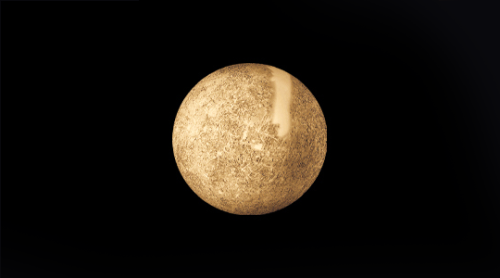
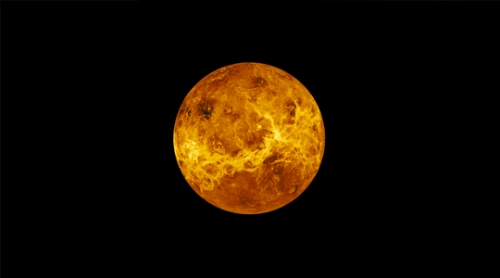

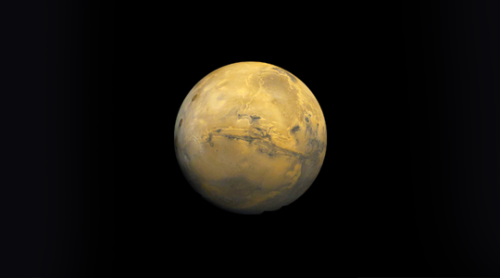
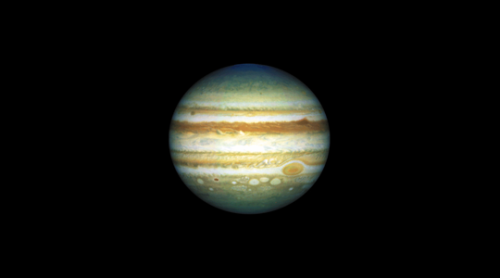


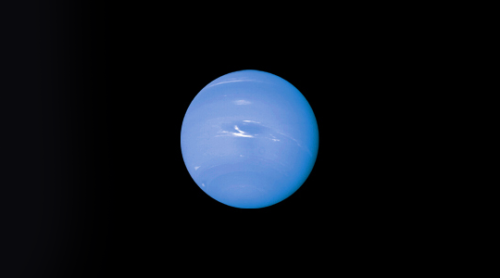
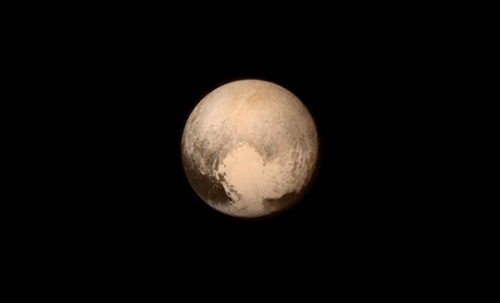

There Will Be A Supernova In The Sky In 2016
A supernova will appear in the sky in the first few months of 2016, according to astronomers working on the Hubble Space Telescope. The prediction is possible because they first saw the star explode in 2014 in a gravitationally lensed galaxy, which will make it visible again next year.
Gravitational lenses happen when a massive object (or objects such as a cluster of galaxies) magnifies and distorts the light of background galaxies. In this case, the galaxy cluster is so massive that it deforms space and time so that it acts like a gigantic magnifying glass.
Sometimes, these distortions produce multiple images of the same object. Although they belong to the same galaxy, the images we see were not emitted at the same time. Because light travels at a finite speed, photons will take a different amount of time to travel around the massive object depending on the path they follow – with some routes taking longer than others.
The supernova explosion that we will see in 2016 is a re-run of the 2014 one, known as the Refsdal Supernova. It was generated in a galaxy nine billion light-years away, and the lens is created by a massive galaxy cluster, called MACS J1149+2223, five billion light-years from us.
Read more ~ IFL Science
Image: This image shows the appearance of the Refsdal Supernova. The middle circle shows the predicted position of the reappearing supernova in early 2016. Credit: NASA/ESA/HST
Water on Mars!

Did you hear? New findings from our Mars Reconnaissance Orbiter (MRO) provide the strongest evidence yet that liquid water flows intermittently on present-day Mars.
Using an imaging spectrometer on MRO, we found hydrated minerals on slopes where mysterious streaks are seen on Mars. One thing that researchers noticed was that the darkish streaks appear to ebb and flow over time. During warm seasons, they darken and then fade in cooler seasons.

When discovered in 2010, these downhill flows known as recurring slope lineae (RSL) were thought to be related to liquid water. With the recent spectral detection of molecular water, we’re able to say it’s likely a shallow subsurface flow explains the darkening.
Mars is so cold, how could liquid water flow there? Great question! Since this liquid water is briny, the freezing point would be lower than that of pure water. Also, these saline slopes appear on Mars when temperatures are above minus 10 degrees Fahrenheit (minus 23 Celsius).
The dark, narrow streaks flowing downhill in the below image are roughly the length of a football field.

So there’s water, but how much? Currently we think this area has a very small amount of water, probably just enough to wet the top layer of the surface of Mars. The streaks are around four to five meters wide and 200 to 300 meters long.
Could humans drink this water? The salts in the water appear to be perchlorates, so you probably wouldn’t want to drink the water. It would most likely be very salty and would need to be purified before human consumption.
Perchlorate…What is that? A perchlorate is a salt that absorbs water from the air. Learn more about how it’s helping us unlock the mysteries of Mars in this video:
What’s next? We want to look for more locations where brine flows may occur. We have only covered 3% of Mars at resolutions high enough to see these features.
For more information on the Mars announcement, visit our Journey to Mars landing page. There is also a full recap of the press conference HERE, and a short recap below.
Make sure to follow us on Tumblr for your regular dose of space: http://nasa.tumblr.com





A Reddit user captured several phenomenal photos of the solar eclipse, from the cockpit of an airplane.


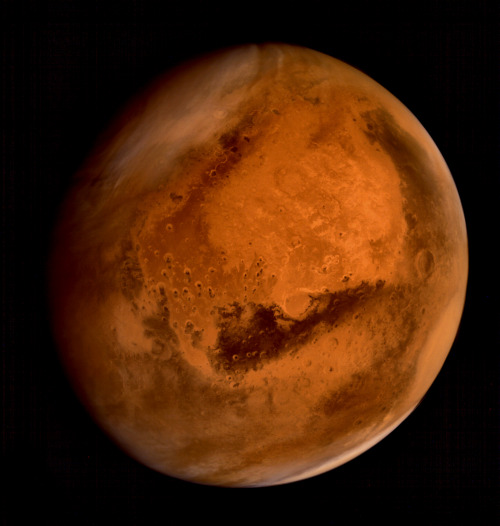
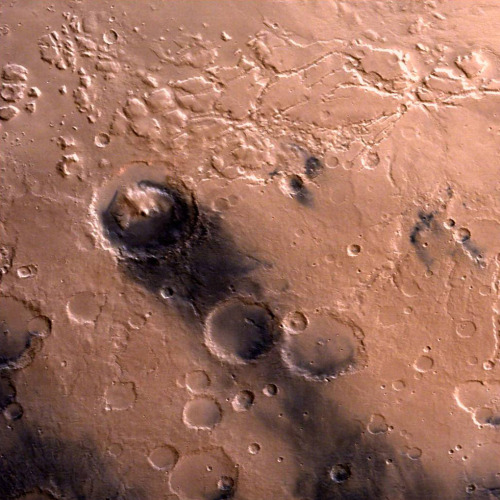

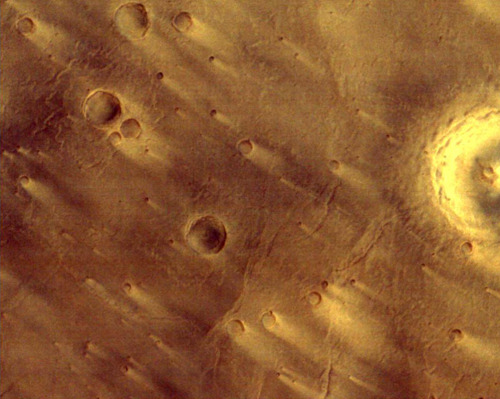


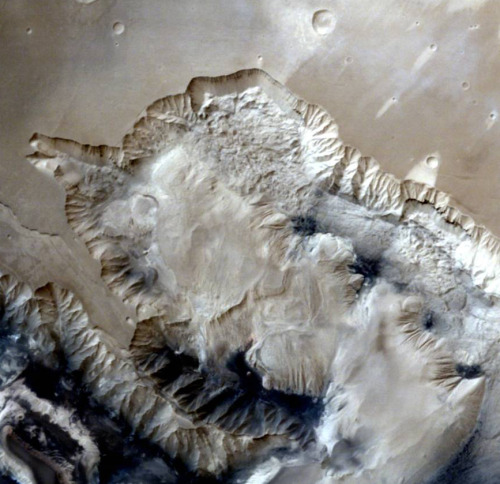
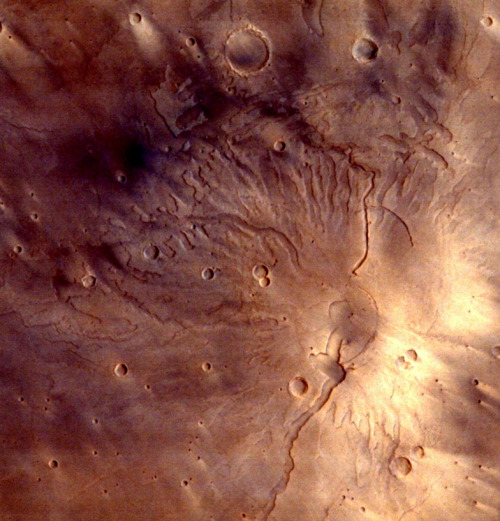
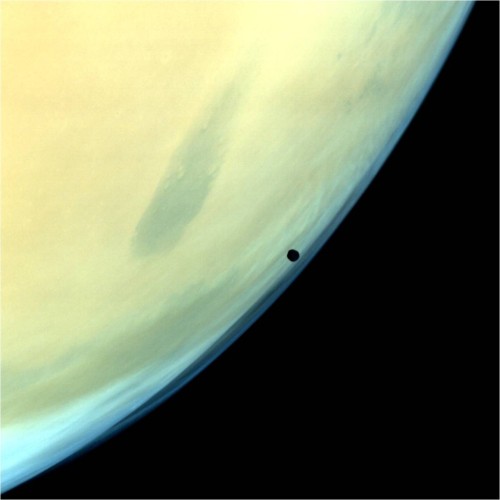
Photographs of Mars taken by the Indian Mars Orbiter Mission, which has been orbiting the planet since September 2014. Can you imagine our descendants colonizing this world?

Supermoon Total Lunar Eclipse and Lightning Storm

Construction Starts for Camera That Will Capture More Galaxies Than There Are People on Earth
Beginning in 2022, the most powerful digital camera ever built will start taking pictures of the southern sky. Over the course of a 10-year mission atop a mountain in Chile, the 3.2 gigapixel instrument is expected to accomplish a feat that might be hard to wrap your mind around. It will record tens of billions of galaxies floating in space–the first time a telescope will have ever identified more of the massive celestial objects than there are people on Earth.
Late last month, the U.S. Department of Energy gave its blessing for researchers to start building the camera that will sit at the heart of the Large Synoptic Survey Telescope (LSST). The gif above shows the three-ton, small-car-sized camera on the left. Illustrated is the system that slides filters down in front of the 3.2 gigapixel CCD, which senses light and is a digital camera’s version of film. The filters will let the camera record in light wavelengths from the near-ultraviolet to the near-infrared. Learn more and see images below.

Keep reading
-
 idontknowwhattocallthisposts liked this · 4 years ago
idontknowwhattocallthisposts liked this · 4 years ago -
 vidaishere liked this · 5 years ago
vidaishere liked this · 5 years ago -
 lokity801 liked this · 5 years ago
lokity801 liked this · 5 years ago -
 bad-angela reblogged this · 5 years ago
bad-angela reblogged this · 5 years ago -
 b3hindtheshadows liked this · 5 years ago
b3hindtheshadows liked this · 5 years ago -
 soriams liked this · 5 years ago
soriams liked this · 5 years ago -
 abyssal-hymns reblogged this · 5 years ago
abyssal-hymns reblogged this · 5 years ago -
 ashngray reblogged this · 5 years ago
ashngray reblogged this · 5 years ago -
 shawnarichauthor liked this · 5 years ago
shawnarichauthor liked this · 5 years ago -
 notisaidthechicken liked this · 5 years ago
notisaidthechicken liked this · 5 years ago -
 adol-anon liked this · 5 years ago
adol-anon liked this · 5 years ago -
 therealsirsticker liked this · 5 years ago
therealsirsticker liked this · 5 years ago -
 anyanoconeco liked this · 5 years ago
anyanoconeco liked this · 5 years ago -
 dapperkat liked this · 5 years ago
dapperkat liked this · 5 years ago -
 theworldismyoysterandiamthepearl liked this · 5 years ago
theworldismyoysterandiamthepearl liked this · 5 years ago -
 startrekvsfaceapp liked this · 5 years ago
startrekvsfaceapp liked this · 5 years ago -
 ania-rossiya reblogged this · 5 years ago
ania-rossiya reblogged this · 5 years ago -
 thedreamerandthedream liked this · 5 years ago
thedreamerandthedream liked this · 5 years ago -
 raven-mcbain-monkeymouse reblogged this · 5 years ago
raven-mcbain-monkeymouse reblogged this · 5 years ago -
 raven-mcbain-monkeymouse liked this · 5 years ago
raven-mcbain-monkeymouse liked this · 5 years ago -
 incorrectstarkquotes-blog liked this · 5 years ago
incorrectstarkquotes-blog liked this · 5 years ago -
 prettiboifloyd liked this · 5 years ago
prettiboifloyd liked this · 5 years ago -
 stubbornasacat reblogged this · 5 years ago
stubbornasacat reblogged this · 5 years ago -
 stubbornasacat liked this · 5 years ago
stubbornasacat liked this · 5 years ago -
 chiefmikewhynot liked this · 5 years ago
chiefmikewhynot liked this · 5 years ago -
 crimsonfated liked this · 5 years ago
crimsonfated liked this · 5 years ago -
 caligeek4lgbtq liked this · 5 years ago
caligeek4lgbtq liked this · 5 years ago -
 rizblogs liked this · 5 years ago
rizblogs liked this · 5 years ago -
 alto-goblin liked this · 5 years ago
alto-goblin liked this · 5 years ago -
 alienmythologist liked this · 5 years ago
alienmythologist liked this · 5 years ago -
 wisemonkey6172 liked this · 5 years ago
wisemonkey6172 liked this · 5 years ago -
 mutato-nomine-music liked this · 5 years ago
mutato-nomine-music liked this · 5 years ago -
 farmerwelder liked this · 5 years ago
farmerwelder liked this · 5 years ago -
 justbottomsexaddicted liked this · 5 years ago
justbottomsexaddicted liked this · 5 years ago -
 wookiemonster42 liked this · 5 years ago
wookiemonster42 liked this · 5 years ago -
 bottledandspilt liked this · 5 years ago
bottledandspilt liked this · 5 years ago -
 fagdykefrank liked this · 5 years ago
fagdykefrank liked this · 5 years ago
"I don't know who will read this. I guess someone will find it eventually. Maybe in a hundred years or so." -Mark Watney
174 posts